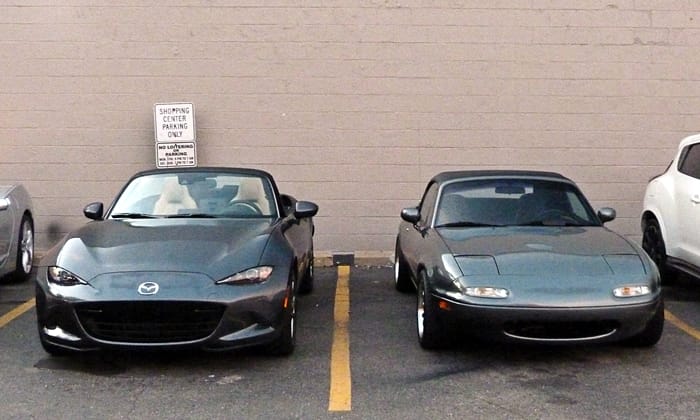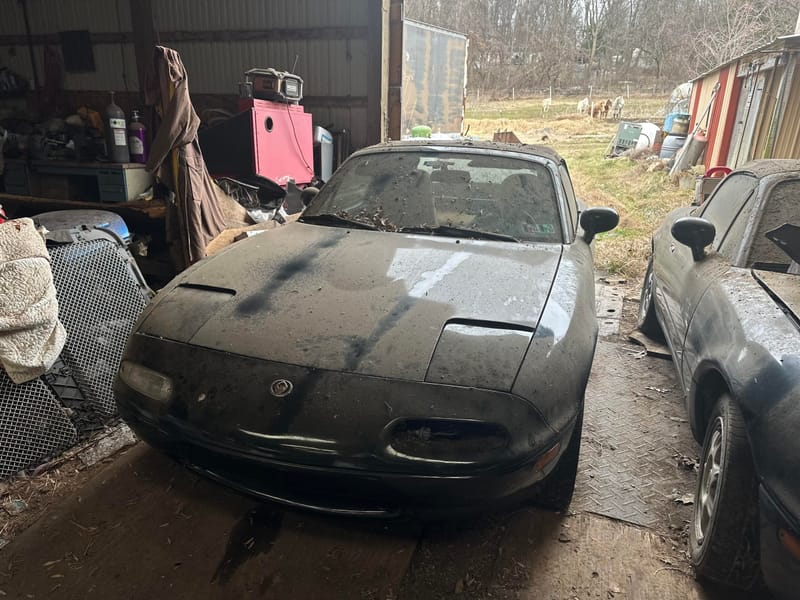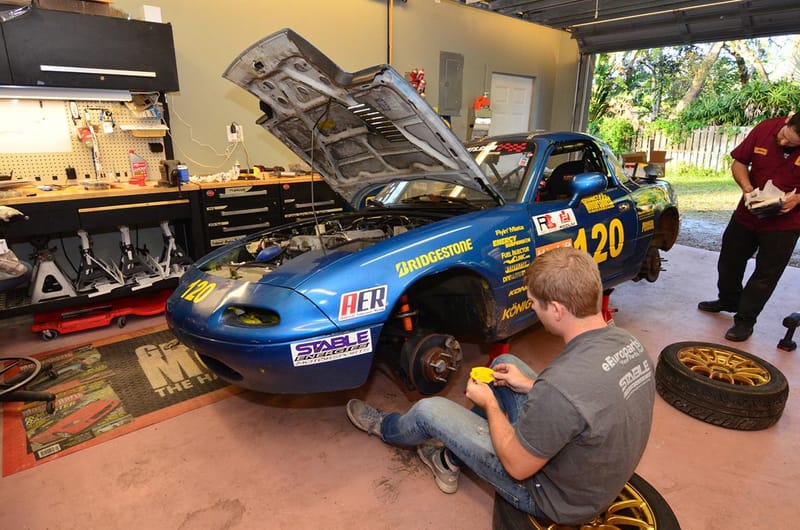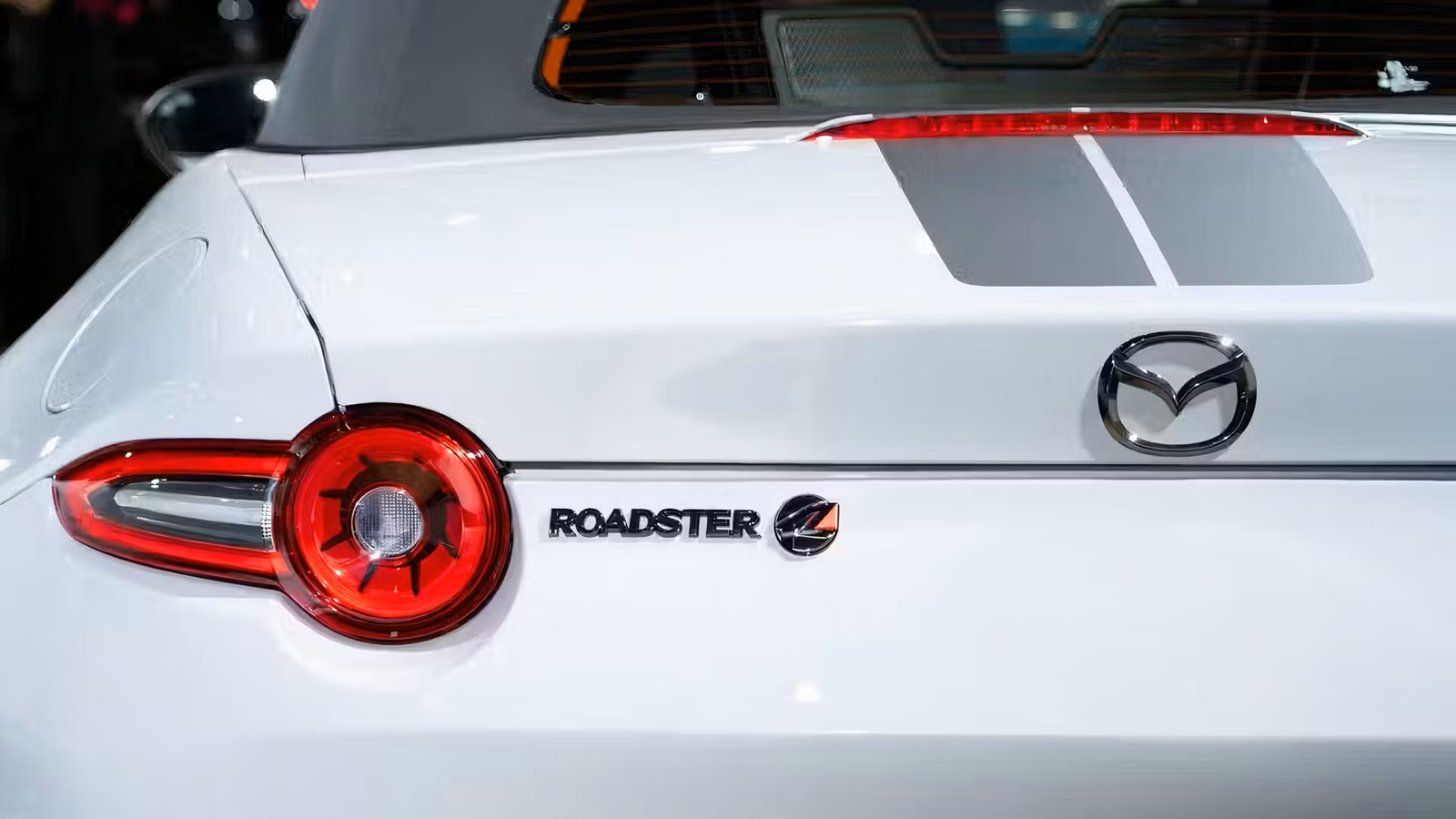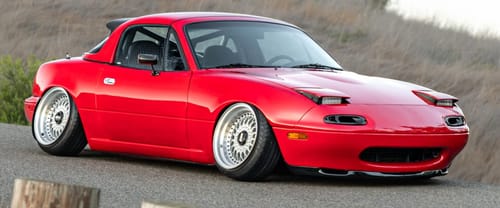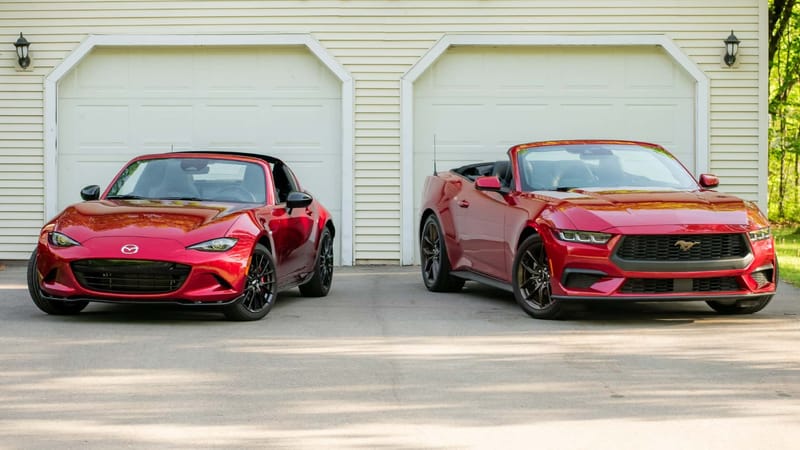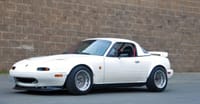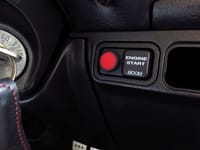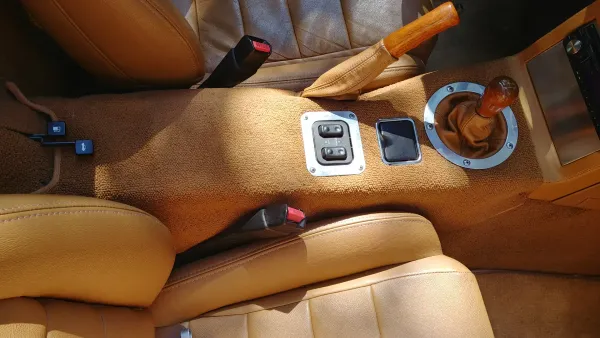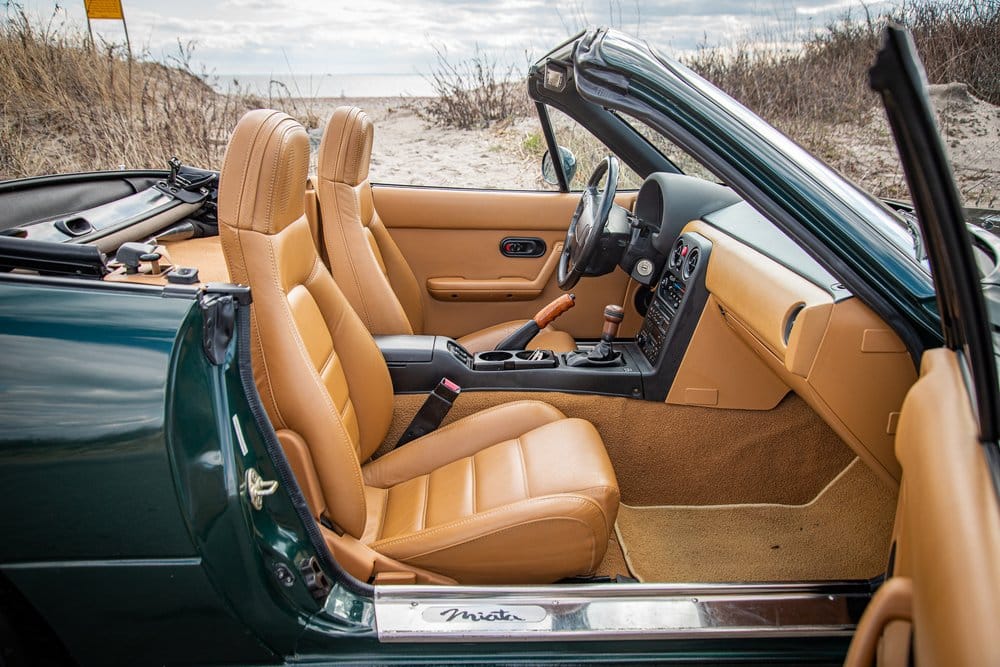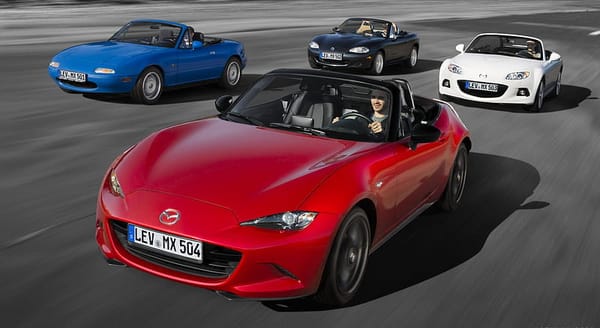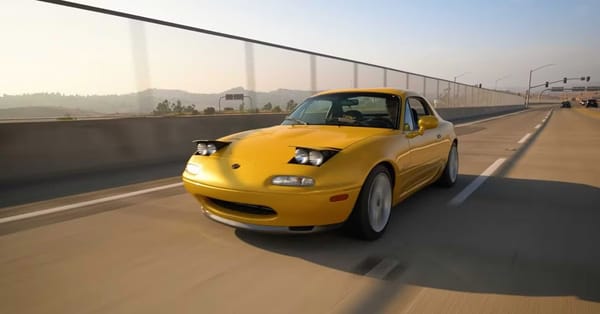Daily Driving Your ND Miata
We all know miata is always the answer, but can it handle the realities of daily life? Let's break down the pros and cons to help you decide.
Latest Posts
Stories
Miata Parts-Bin Magic: Cross-Compatible Mazda & Ford Components
Mazda’s B/BP and MZR/L-series engines give NA–NC Miatas broad parts interchange. Long/short blocks and many ancillaries cross over from Mazda and Ford donors, as long as you keep Miata-specific pans, mounts, triggers, and intake/exhaust. This guide maps the swaps, fit notes, and smart donor picks.
NA
NA vs. ND Miata Interiors: Why the Cabin Could Be the Deal-Breaker
That cockpit decides whether a vintage dream feels charming or simply exhausting on the daily commute, at cars-and-coffee, and on long road trips. In short, the interior is often the real tiebreaker.

